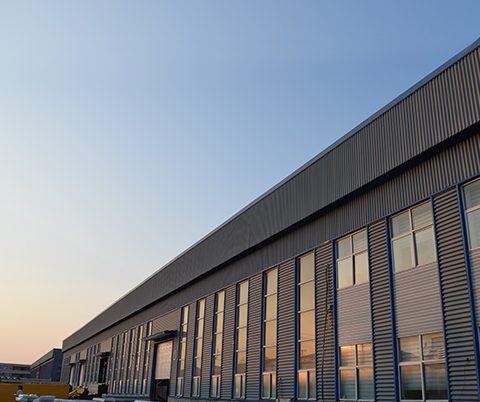loading...
- No. 9, Xingyuan South Street, Dongwaihuan Road, Zaoqiang County, Hengshui, Hebei, China
- admin@zjcomposites.com
- +86 15097380338
- Welcome to visit our website!
Durable Fibreglass Walkway Mesh for Safe and Reliable Outdoor Use
The Importance of Fibreglass Walkway Mesh in Modern Infrastructure
In a world where safety, durability, and efficiency are paramount, fibreglass walkway mesh has emerged as a crucial material in modern infrastructure. Available in various designs and specifications, fibreglass mesh provides a robust solution for walkways, platforms, and other surfaces that must endure heavy foot traffic and harsh environmental conditions.
Understanding Fibreglass Walkway Mesh
Fibreglass walkway mesh is primarily composed of fibreglass strands woven together and coated with a protective resin. This combination results in a lightweight yet incredibly strong material that can withstand significant loads without deforming or breaking. The mesh design enhances airflow and drainage, preventing water accumulation and minimizing slip hazards. Additionally, fibreglass is resistant to corrosion, rust, and chemicals, making it ideal for both indoor and outdoor applications.
Advantages of Fibreglass Walkway Mesh
1. Strength and Durability One of the most significant advantages of fibreglass walkway mesh is its strength-to-weight ratio. Compared to traditional materials like steel or aluminum, fibreglass offers comparable strength at a fraction of the weight. This characteristic makes it easier to handle and install, reducing labor costs and project completion time.
2. Corrosion Resistance Unlike metal, fibreglass does not corrode when exposed to harsh environmental conditions. This property ensures longevity and reduces maintenance costs, especially in industries such as agriculture, chemical processing, and marine applications where exposure to moisture and corrosive substances is common.
3. Slip Resistance Safety is a critical consideration in any walkway or platform design. Fibreglass walkway mesh often features a textured surface that enhances grip, thereby reducing the risk of slips and falls, especially in wet conditions. This feature is particularly beneficial in industrial settings where spills may occur frequently.
fibreglass walkway mesh

4. Lightweight and Easy to Install The lightweight nature of fibreglass means that installation can often be completed with minimal tools and equipment, saving time and reducing the risk of injury during handling. Workers can easily maneuver and position the panels, making fibreglass an excellent choice for temporary installations as well.
5. Environmental Benefits With increasing awareness of environmental impact, fibreglass walkway mesh presents an eco-friendly alternative to traditional materials. Many fibreglass products are manufactured using recyclable materials, and their longer lifespan reduces the need for frequent replacements, thereby minimizing waste.
Applications of Fibreglass Walkway Mesh
Fibreglass walkway mesh is versatile and can be used in various settings. In industrial environments, it is commonly used for catwalks, platforms, and grating, where heavy machinery and personnel frequently traverse. In commercial and residential applications, fibreglass can enhance outdoor spaces such as decks, pool areas, and gardens. Furthermore, in the construction of public infrastructure, fire stations, and schools, fibreglass pathways provide safe, durable access points.
Future of Fibreglass Walkway Mesh
As technology continues to advance, we can expect even more enhancements in fibreglass walkway mesh production. Innovations in composite materials and manufacturing processes may lead to improved strength, lighter weights, and better aesthetic options, catering to a broader range of applications.
In conclusion, fibreglass walkway mesh stands out as a vital component in modern infrastructure due to its unique combination of strength, durability, and safety. As industries evolve, the demand for such high-performance materials will undoubtedly increase, making fibreglass an essential choice for architects, engineers, and builders alike. Whether for industrial, commercial, or residential use, fibreglass walkway mesh represents a smart investment in safety, efficiency, and sustainability, paving the way for a safer and more resilient infrastructure.
-
The Rise of FRP Profiles: Strong, Lightweight, and Built to LastNewsJul.14,2025
-
SMC Panel Tanks: A Modern Water Storage Solution for All EnvironmentsNewsJul.14,2025
-
GRP Grating: A Modern Solution for Safe and Durable Access SystemsNewsJul.14,2025
-
Galvanized Steel Water Tanks: Durable, Reliable, and Ready for UseNewsJul.14,2025
-
FRP Mini Mesh Grating: The Safer, Smarter Flooring SolutionNewsJul.14,2025
-
Exploring FRP Vessels: Durable Solutions for Modern Fluid HandlingNewsJul.14,2025
-
GRP Structures: The Future of Lightweight, High-Performance EngineeringNewsJun.20,2025
